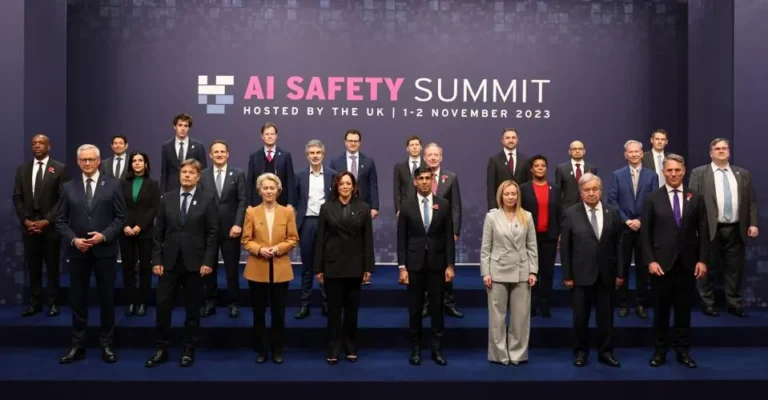Dean DeBiase is a best-selling author and Forbes Contributor reporting on how global leaders and CEOs are rebooting everything from growth, innovation, and technology to talent, culture, competitiveness, and governance across industries and societies.

Unleashing The Creator Economy

By Dean DeBiase
May 20th, 2021
Despite being in its infancy, the creator-influencer market is set to be worth $13.8 billion this year.
Brands from across many industry sectors have rushed to take advantage of the communities created by these entrepreneurs, but even as they do, they are realizing that to grow, the influencer economy will need to evolve to the next level.
Yes, Amway, the global giant that pretty much came to define multi-level marketing. And if you think about it, that makes perfect sense.
An unexpected contender on the forefront of conceptualizing and driving that evolution is Amway.
Founded in 1959, with over $8 billion in revenue and a team of 15,000 employees, Amway has built its business by working with and launching entrepreneurs—which is essentially what creator/influencers are.
In fact, Amway has been an inclusive entrepreneur “factory” helping individuals in more than 100 countries see success selling health, beauty, and wellness products through a program called “A Million Entrepreneurs.”
I spoke with Amway’s CEO Milind Pant, about the program, how they gained traction by focusing on entrepreneurs and his vision for taking a lead in the influencer economy.
Interestingly, Milind cited a new twist on the 3P’s I deploy when actively rebooting companies and teaching at Kellogg/Northwestern—People, Platforms and Passion.
“At Amway, we like to say that all you need to be an entrepreneur with us are the three Ps: a passion, a positive attitude and a phone,” says Milind. “You don’t need any physical capital, higher education requirements, or selling experience. If you have the three Ps, you can be an entrepreneur…and a creator.”
People – Democratizing Micro-Creators
As the first CEO to not be part of the founding families, Milind adopted what I like to call “the stumbling around phase” approach when he first took the position, spending his first one-hundred days on the job listening and learning from colleagues.
Many new CEOs forget to take a step back and listen before taking immediate action.
Milind’s approach is proving successful as he learned the business behind-the-scenes, diving into the company’s holistic, wellness, and sustainability ethos, which is at the heart of their business.
By taking this approach and asking an overwhelming number of questions, he built lasting relationships. Through this he gained allies who are helping him reboot the company from its historical approach into a better direct seller leveraging the power of digital and social commerce.
“While many brands are focused on how to leverage influencers with a couple hundred thousand or a million followers, we believe that the power lies with micro-entrepreneurs who are true, authentic creators. We believe that to get started as a creator, all one really needs is a community of 100-plus happy, loyal followers. These quality social connections can then be leveraged into opportunities to provide products and solutions to them in a meaningful way.”
Now comes the hard part for most large companies—tapping into the gig economy and having relevance and scale on a hyper-local level. Amway looks like an underdog, with a longshot of going up against the world’s largest retailers. However, when you are looking to kick a competitor where it counts, having a loyal base of 1 million micro-merchants comes in handy.
“Our sweet spot will be building communities online, and cementing them with offline, face-to-face interactions that have effectively been built for decades. We believe that online can never fully replace the human experience, even in the post-pandemic world. We believe ‘the stickiness’ of social commerce will come from the trust and loyalty fostered through deep human connections.”
Platform – Empowering Social Commerce
While MLM certainly has had its detractors, it is in essence a network marketing strategy—hello Facebook—whereby a company uses a consumer’s personal network to raise visibility, gain validation and make money.
With approximately 90% of Amway’s revenue coming from outside of the United States, there are still growth opportunities in China, India and various Asian markets. An impressive 75% of revenue comes from geographic territory stretching from Mumbai to Tokyo. That footprint has made it a brand that entrepreneurs seek out to build their own ecommerce platforms.
Amway is in one of the toughest product spaces—what many call the health and wellness jungle. They are facing competitive headwinds from the largest ecommerce providers and retailers and king of the jungle, Amazon. Competing with a company that drives over 30% of the beauty market cannot be done head on.
When you are going after the king of the jungle you must play to your strengths.
Amway’s model is an entirely different approach than Amazon and others, with a platform that could be better leveraged to stand apart. The company’s overarching goal is to provide a social and e-commerce platform that satisfies customer needs, with frictionless, personalized, easy shopping and online communities for both their entrepreneurs and end user consumers. It is starting to grow in number and impact, like Pramilla Ohlson in India, who has quickly grown her authentic community to over 80K followers on Instagram.
Social commerce platforms are powerful, but have proven difficult to scale without the right business model. A key ingredient is people, and if augmented with personalized digital tools that allow them to build and emotionally connect online and in person, a brands path to success could be supercharged.
Passion – Unleashing Authentic Communities
Organizations like Walmart are still beginning to tap into level one of the creator-influencer economy through special promotionally-based programs with the likes of TikTok and Instagram, to better position their brand, products and services. Large brands are fueling the early category growth through this pay-to-play business model, but similar to renting vs. buying a house, they are not building their own sustainable networks with long-term relationship equity.
“We believe that anyone, anywhere, anytime has the potential to be a creator,” says Milind. “Our ambition is to make it ten times easier for micro-entrepreneurs to reimagine themselves as wellness or beauty creators, nurturing relationships, providing solutions to their community and converting their passions into profits.”
For a comparable business model that brands can build, think about combining the strengths of algorithms (Amazon) and relationships (Instagram) to build more trusted marketplaces (Shopify). And the micro-influencer scenario is an opportunity for brands to expand their business models by establishing and enabling their own creators and influencers, with online and in person social commerce platforms. In this approach, the network with the most authentic human connections could win.






